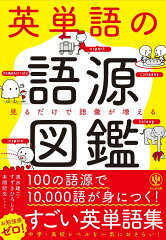Japanese page
Characteristics of nutrients
- Water soluble vitamin
- Called developmental vitamin
- Resistant to acids and heat
- Easily decomposed into strong light and alkali
- The required amount of vitamin B2 increases in proportion to the intake of lipid
Function of nutrients
- Nails, hair regeneration
- Maintaining health of skin and mucous membranes
- Promotes lipid metabolism
- Harmful decomposition of lipid peroxides
- Synthesis of growth hormone
- antioxidant effect
When nutrients are deficient
- Stomatitis, glossitis, rough skin
- Trouble with hair
- Eye trouble
- Arteriosclerosis
- Child will stop growing
- Adults advance with aging
When nutrients overdose
- No concern in normal life
- Even if you ingest it excessively, it is excreted
Food that contains a lot of Vitamin B2
| Foodstuff | Ingredient per 100g (mg) |
| pork smoked lever | 5.17 |
| pork liver (raw) | 3.60 |
| Beef liver (raw) | 3.00 |
| Chicken liver (raw) | 1.80 |
| Chicken heart (raw) | 1.10 |
| Raw bracken | 1.09 |
| Almond (roasted) | 1.04 |
| Egg yolk | 0.82 |
| Japanese sand lance | 0.81 |
| Japanese eel (Kabayaki) | 0.74 |
| Quail eggs (whole eggs) | 0.72 |
| Natural cheese / parmesan | 0.68 |
Summary
- Water soluble vitamin weak in water
- Strong against acid and heat
- It is easily decomposed into strong light and alkali
- Vitamin B2 requirement increases in proportion to lipid intake
- Vitamin B2 burns fat, so it is effective for diet and fatigue recovery
- Keep the function of skin and mucous membrane normal
- It can not be accumulated in the body, so it needs to be taken daily



